It can be hard to nail down a precise definition of Minimalism in today’s cultural landscape. The term has come to have meaning in many different aspects of human activity and creation. Minimalist principles have influenced the way we approach art, literature, architecture, design, even our very lifestyles themselves. However, most usages of minimalist theory are founded in some way, shape, or form, on the idea of ‘less is more’. The modern expressions of this idea of minimalism can be traced back to early 19th century New England, with the rise of Transcendentalism and the Second Great Awakening. The idea that knowledge, particularly knowledge of one’s self, can be gained from a lifestyle of solitude and simplicity, was prominent in Transcendentalist philosophy. This idea of ‘less is more’ continued to develop in the in worlds of philosophy and design, eventually making its way into architecture and the visual/literary arts. As the 21st century rolled around, the term ‘Minimalism’ has become mainstream, making its way deep into our culture.
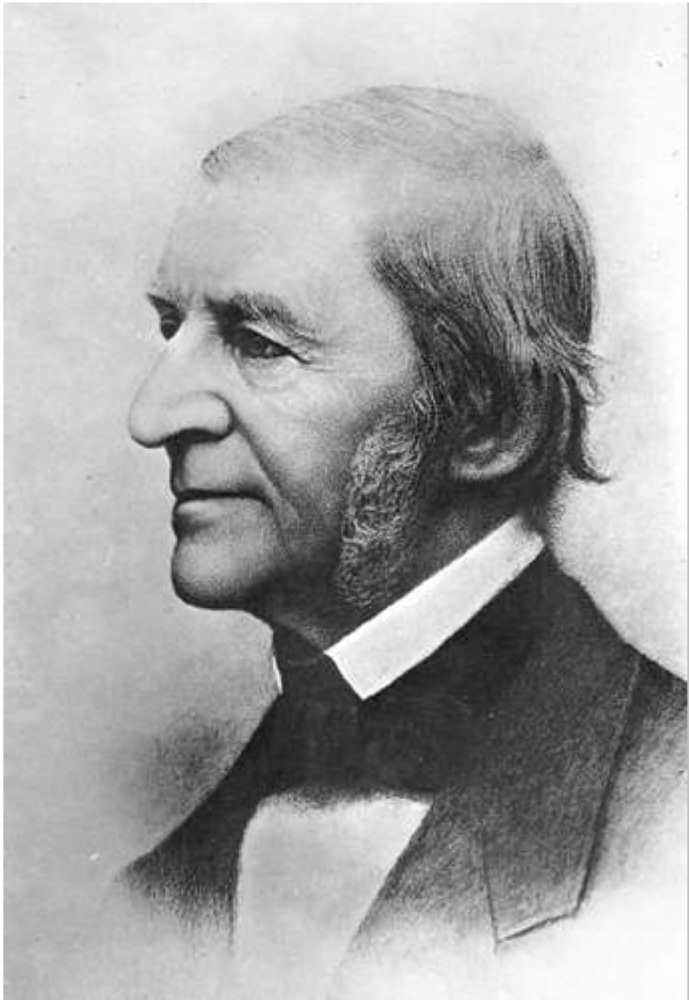
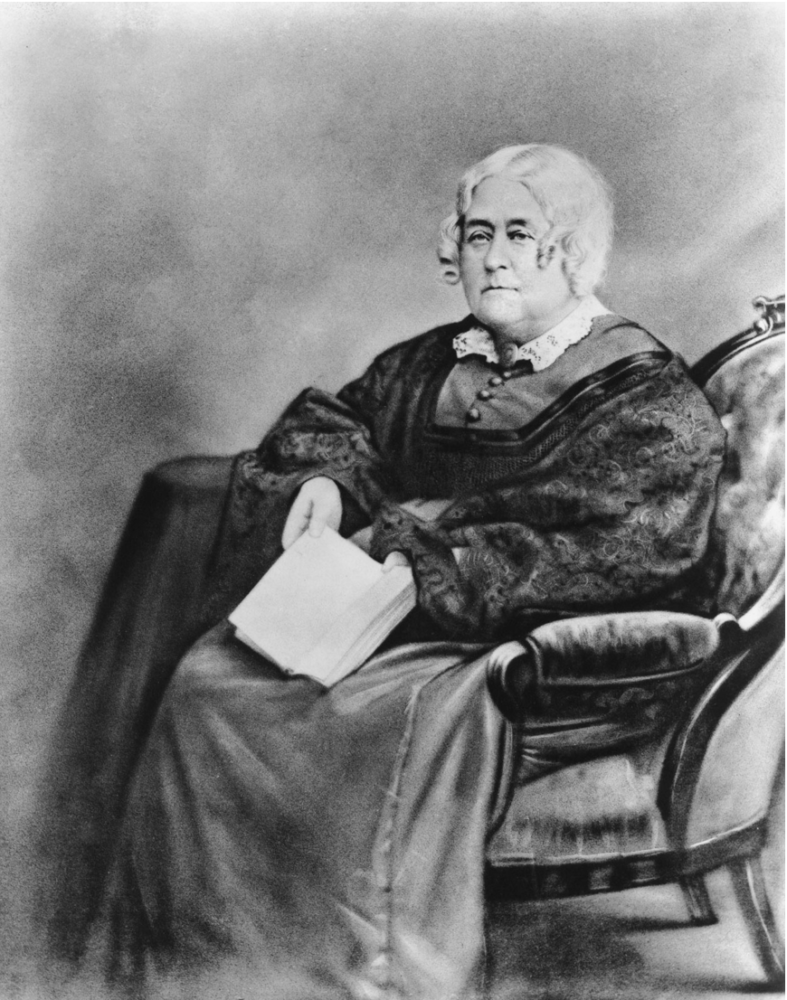
Ralph Waldo Emerson (Left), and Elizabeth Palmer Peabody (Right), were both notable figures in the Transcendentalist movement of the early 1800s.
When it comes to design aesthetics, minimalism is related to simplicity and purity of form. In many cases, minimalist designs will revolve around functionality and seek to strip away any clutter that does not add to this central functionality. A minimalist approach can be used to emphasize this functionality. Alternatively, a minimalist design can be used to highlight other aspects of your end product, such as high-quality materials or the natural environment around the design.
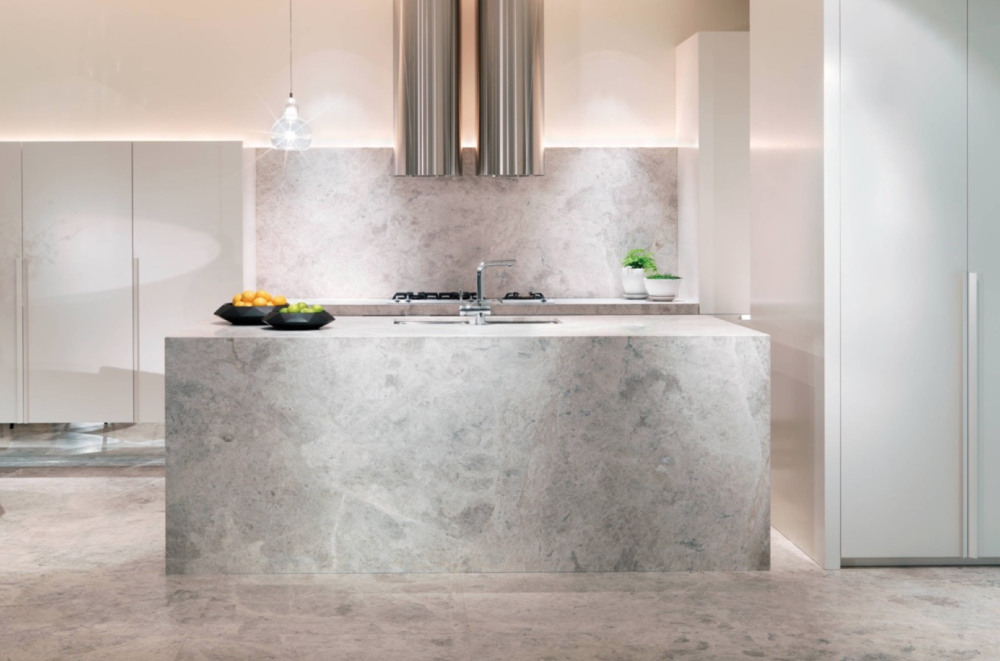
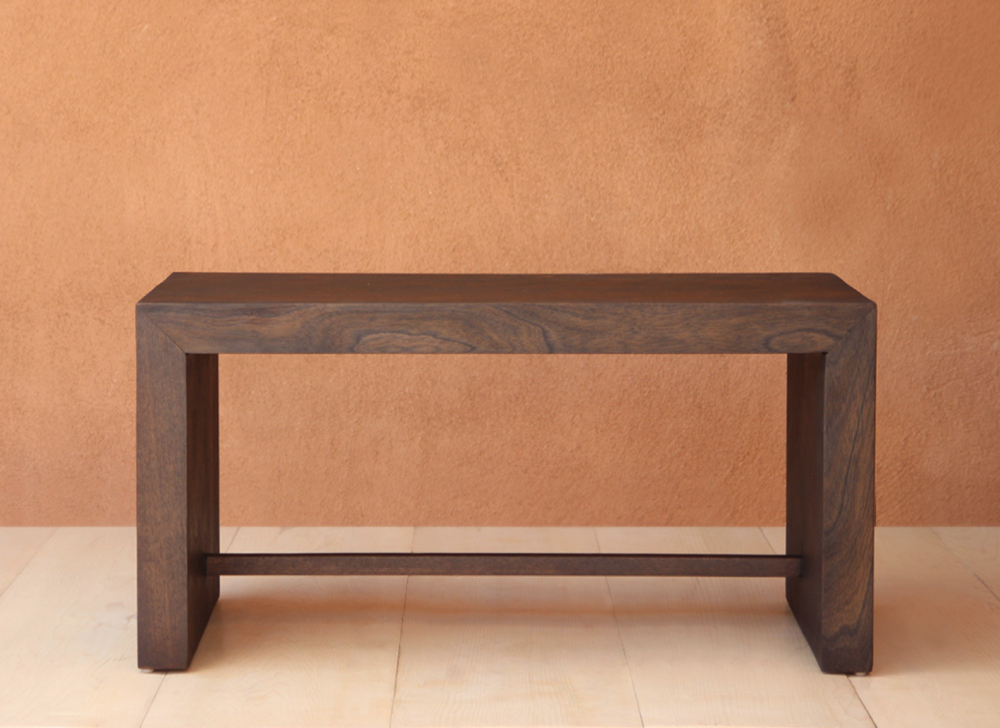
Both of the designs above demonstrate the use of minimalism to highlight the beauty of the high quality materials, which might otherwise be overlooked in a more decorative design scheme.
One example of a subculture that was undoubtedly influenced by minimalist principles, is the fixed gear bike community. Most often associated with bike messengers in urban centers, fixed gear bicyclists have clearly embraced a minimalist approach to transportation. A fixed gear bike is defined by its use of a single gear ratio to mechanically link the motion of the pedals to the motion of the rear wheel. This allows the rider to remove all of the derailleurs and shifters from the bike. Usually the brakes are removed as well, since the rider can use the pedals to slow down. This leaves the rider with a very clean and simplified version of a bicycle, reminiscent of early models from the 1800s. This minimalist design is not only attractive to the eye, but also has important benefits to the functionality of the device. There is a significant reduction in potential failure points, and the bike is much easier to maintain. There is also something to be said for the freed-up mental space of the rider, who no longer has to think about shifting gears and which brake to pull.
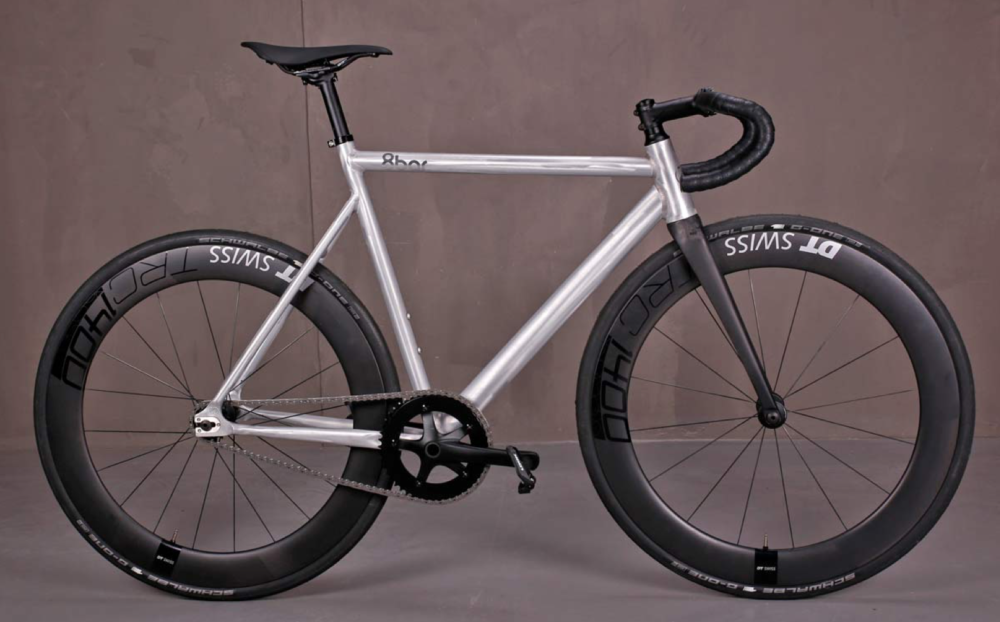
Example of a fixed gear bike, designed based on minimalist principles.
The minimalist aesthetic has shown to be remarkably versatile and influential in today’s culture. The principles which guide minimalist theory have proven to be important due to their powerful ability to highlight functionality, create clarity, and/or guide the attention of the user/viewer.
Sources :
Maria Bruun, www.google.com/url?sa=i&url=http%3A%2F%2Fmariabruun.com%2Fmaria-bruun%2Fnew-sculptural-minimalism&psig=AOvVaw2proybZW4X-yhomZjSDaS2&ust=1611897358909000&source=images&cd=vfe&ved=0CAIQjRxqFwoTCIitsd7vve4CFQAAAAAdAAAAABAJ.
“Ralph Waldo Emerson.” Britannica, www.britannica.com/event/Transcendentalism-American-movement.
“Elizabeth Palmer Peabody.” Britannica, www.britannica.com/biography/Elizabeth-Palmer-Peabody.
Home Designing, www.home-designing.com/36-marvellous-marble-kitchens-that-spell-luxury.
Pfeifer Studio, pfeiferstudio.com/danai-minimalist-bench/.
“8bar Mitte Steel V2 Gravel Bike.” Yuzczr, www.yuzczr.xyz/ProductDetail.aspx?iid=18034024&pr=71.99.
“A Brief History of Minimalism: How the Minimalist Movement Happened.” Minimalism, 16 July 2020, minimalism.co/articles/history-of-minimalism.
“Transcendentalism.” Wikipedia, Wikimedia Foundation, 26 Jan. 2021, en.wikipedia.org/wiki/Transcendentalism.


4 Comments. Leave new
Hey Erik, the insight you provided on how minimalism brings attention to other details such as the quality of the material or environment really stood out to me. I have never thought about it that way and I find it cool that with a simpler design you can highlight other aspects of the product. I am curious to hear your thoughts on how minimalistic designs affect fashion and the popularity of it in that aspect.
Hey Alex, thanks for the comment! I don’t claim to know much about fashion. However, one great example of this principle of minimalist design, that is that it can serve to emphasis other design elements in its environment, is the runway designs at fashion shows. You will find that the majority of fashion show runways are very simple and are colored in a uniform white or black. This minimalist design serves as a neutral backdrop to exhibit the main focus of the show, the clothing. Contrasting the expressive clothing with the minimalist backdrop allows the clothing to really stand out and shine. As for minimalist clothing itself, I think this style is often indicative of someone who wishes not to be noticed, or at least not to be at the center of attention. It could also be the result of the choice to live a more simplified / minimalist lifestyle.
Minimalism has been gaining so much popularity lately, its good to see a post about it here. I like that you gave the original origins and made connections to the Transcendentalist movement (which I haven’t heard much about). Its very interesting to give the example of a fixie for minimalism. For me personally, that is not at all what I think about in relation to minimalism but I can certainly see it now with the connections that you made.
Hey Brayden, thanks for the comment! I am glad I was able to provide some context around the origins of minimalism. Also, I agree that the fixie is an interesting case to examine. The fixie is a example where the form certainly carries a minimalist design, however, the paint jobs / accessories applied to that form often exhibit very different aesthetic qualities, which are definitely not minimalist.